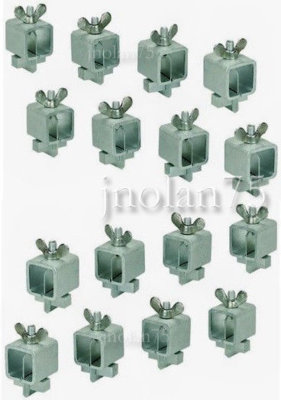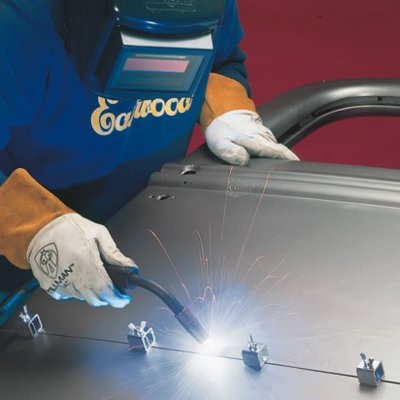Hey guys, I've been working on the resto-mod of my 73 Hardtop Charger. Not a very rusty car at all, but driver's quarter panel was badly damaged in an accident many years ago (before I bought the car).
A new quarter was necessary. Full panels aren't available aside from new old stock, and many have had good luck with tabco skins.
The difference is that the quarter skin only extends about an 1 1/2" above the upper body line, and it's 19 gauge steel compared to the factory 18 gauge steel (I measured).
Should the upper edge of the quarter skin be slightly lapped onto the original remains to retain strength in the quarter (and make stitch welding easier)? Or is a butt-weld absolutely necessary? The car is going to be a very nice driver when finished, not perfect show quality.
It might also be noted that I live in a very dry part of the U.S. , and rust isn't a huge concern like it would be down south. Thanks, - David.




















